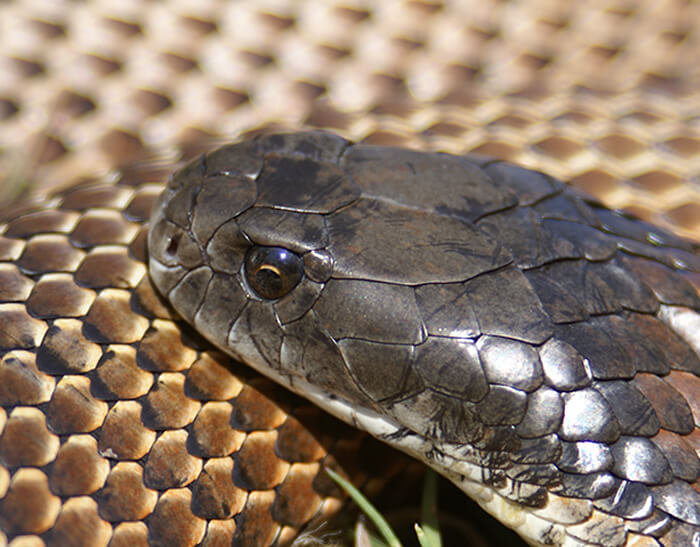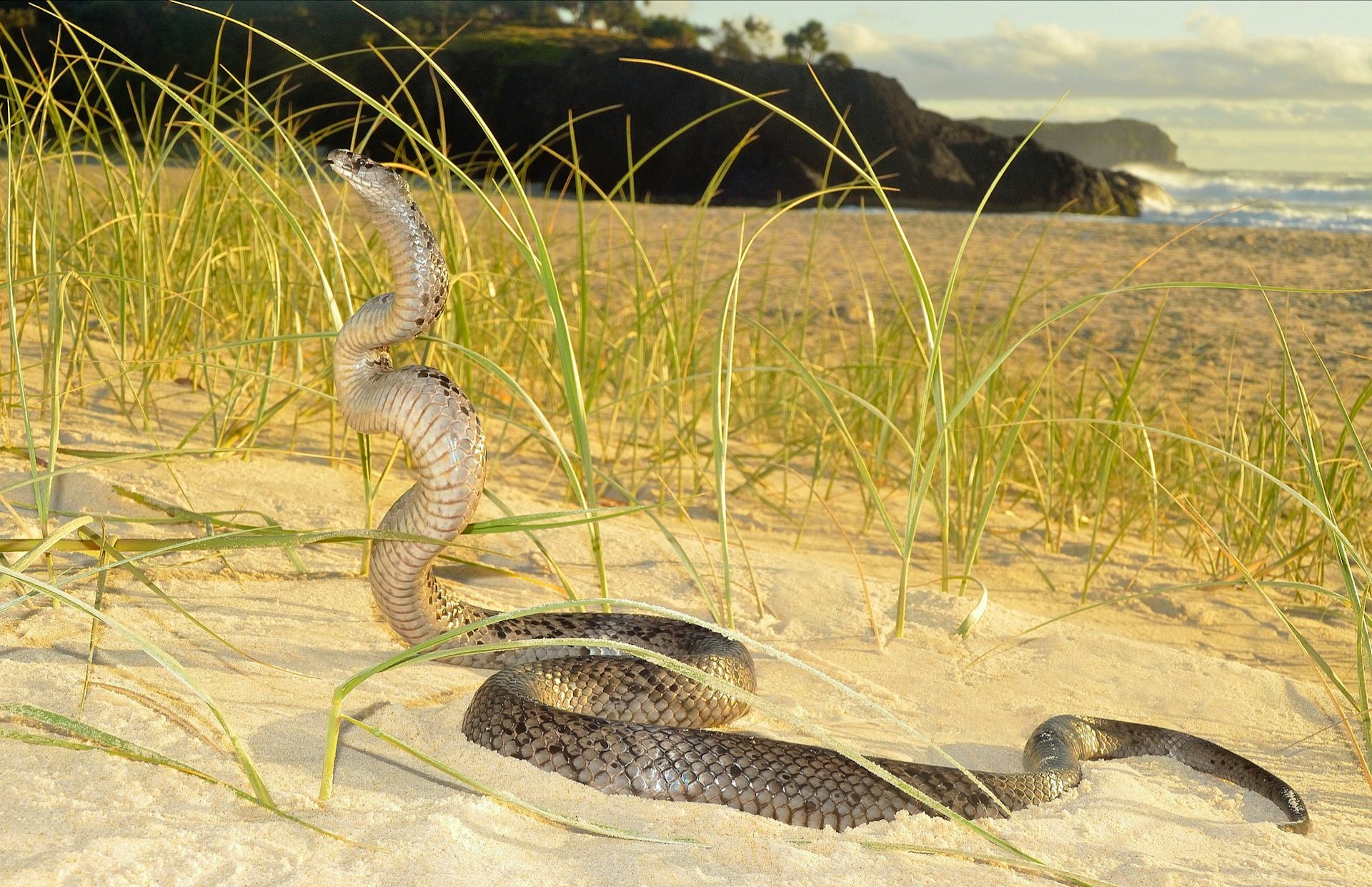Introduction
Australia, a land of diverse wildlife, is home to many fascinating creatures, including serpents that can inspire both awe and worry. Among these snakes is the tiger snake, known for its striking appearance and credibility as a venomous killer. As a result, one inquiry frequently arises: Are tiger snakes venomous? This post will certainly explore the misconceptions and truths surrounding tiger serpents, their habitat, habits, clinical ramifications of their attacks, and much more.
Are Tiger Snakes Venomous?
When it concerns the concern of whether tiger serpents are venomous, the solution is a definite yes. Tiger snakes (Notechis scutatus) are without a doubt poisonous and rank amongst the most hazardous snakes in Australia. Their venom consists of potent neurotoxins that can result in paralysis and even fatality if not treated without delay.
While fatalities from tiger snake bites have actually become less typical because of advancements in clinical therapy and antivenom schedule, this does not reduce the need for care when coming across these reptiles. The possible results of a tiger snake bite include serious discomfort at the website of the bite, swelling, nausea or vomiting, trouble breathing, and neurological signs such as weakness or paralysis.
Types of Tiger Snakes
In Australia, there are a number of acknowledged subspecies of tiger snakes:
- Eastern Tiger Serpent (Notechis scutatus): Found largely in southeastern Australia. Tasmanian Tiger Snake (Notechis scutatus): A subspecies discovered only in Tasmania. Black Tiger Snake: Understood for its darker coloration.
Each of these types has variants in size and habits but shares similar venom characteristics.
The Environment of Tiger Snakes
Where Do They Live?
Tiger serpents are adaptable animals discovered across numerous habitats throughout Australia. They typically populate seaside areas yet can additionally be found in wetlands, swamps, riversides, and forests. Their choice for moisture-rich settings makes them skilled swimmers; therefore they flourish near water bodies like lakes or marshes.
Geographical Distribution
- Southeastern Coast: Home to Eastern tiger snakes. Tasmania: Dominated by Tasmanian tiger snakes. Northern Regions: Where you could come across much less commonly seen variants.
Habitat Preferences
Tiger snakes like areas with abundant cover where they can conceal from killers while searching for target. They typically quest tiny animals, frogs, birds, and also fish-- making them versatile hunters within their environmental niche.
The Anatomy of a Tiger Snake
Physical Characteristics
Tiger serpents have distinctive physical attributes that differentiate them from various other Australian reptiles:
- Coloration: Usually banded with yellow or light-colored red stripes on a dark background. Size: They can mature to 2 meters long; nonetheless, typical sizes vary between 1.2 to 1.5 meters.
The one-of-a-kind coloration serves both as camouflage against predators and while tracking prey in their natural habitat.
Behavioral Traits
Understanding the behavioral patterns of tiger serpents is critical for those living within their geographical variety:
- Nocturnal Activity: They are primarily energetic during the night however might also search during the day. Defensive Behavior: When threatened, tiger snakes may hiss noisally or flatten their bodies-- an indication indicating they really feel cornered.
Tiger Serpent Bite Symptoms
If bitten by a tiger snake, people should look for details symptoms that materialize soon after:
Severe localized pain Swelling around the bite area Nausea or vomiting Difficulty breathing Neurological signs such as muscular tissue weaknessIt's important never to underestimate these signs; prompt medical attention is crucial following any kind of serpent bite incident.
First Help for Snake Bites
Immediate Actions After a Bite
Knowing just how to respond swiftly can save lives when taking care of potential serpent attacks:
Stay calmness and still-- movement boosts venom spread. Call emergency solutions immediately. Keep the influenced arm or leg incapacitated below heart level. Avoid cutting or drawing out poison; this old spouses' story might aggravate conditions. Remove tight apparel or jewelry near the bite site.First Help Kit Fundamentals for Serpent Bites
A well-stocked first aid kit ought to include things specifically beneficial in treating serpent bites:
|Product|Purpose|| --------------------------------|-----------------------------------------------|| Sterilized plasters|To cover wounds|| Antibacterial wipes|To clean around bite area|| Emergency contact numbers|For fast access throughout emergency situations|| Compression plaster|To help debilitate impacted limb|

Proper preparation can make all the difference when an emergency situation strikes.
Fact vs Myth Regarding Tiger Snakes
Myth 1: All Snakes Are Aggressive
Contrary to common idea, not all snake species display aggression towards people. As a matter of fact, many would rather pull back than confront us.
juvenile eastern small eyed snakeMyth 2: A Bite Always Causes Death
While fatal bites do happen-- many thanks mostly to postponed medical care-- most of attacks are non-fatal if treated without delay with antivenom.
Myth 3: You Can Draw Out Venom
This extensively held idea is false; attempting to draw out venom only increases problems instead of easing them!

FAQs
1. Are infant tiger snakes a lot more hazardous than adults?
Baby tiger snakes might possess less poison than adults but typically deliver attacks readily because of being even more frightened.
2. For how long does it consider symptoms to show up after a bite?
Symptoms normally appear within minutes yet can often take hours depending upon variables like specific health and wellness conditions.
3. What need to I do if I see a tiger snake?
Maintain range! Prevent provoking it; most encounters finish without event if you appreciate their space.
Check out here4. Is there an antivenom available for tiger snake bites?
Yes! Antivenom exists particularly developed for treating illnesses brought on by tiger snake bites-- it's crucial to look for professional clinical assistance immediately!

5. Can I maintain a tiger snake as a pet?
Keeping any kind of wild snake types positions substantial dangers due mainly to their reproduction habits & & dietary demands-- it's best left in nature!
6. Just how common are serpent bites in Australia?
Australia sees countless snakebite situations yearly; however fatalities have reduced considerably thanks mainly due enhanced recognition & & medical care access!
Conclusion
In final thought, comprehending whether "Are Tiger Snakes Learn more here Venomous?" brings considerable implications for personal security when connecting with these fascinating reptiles belonging to Australia's diverse ecosystems can not be overemphasized!
Arming ourselves with knowledge concerning these creatures-- from their environments and actions down through efficient first aid methods-- equips us towards much safer conjunction together with wildlife while mitigating threats related to unintended encounters!
By cultivating education and learning regarding our setting's intricacies-- not just concentrating entirely on anxiety-- we pave paths in the direction of much better gratitude & & preservation initiatives profiting both mankind & & nature alike!